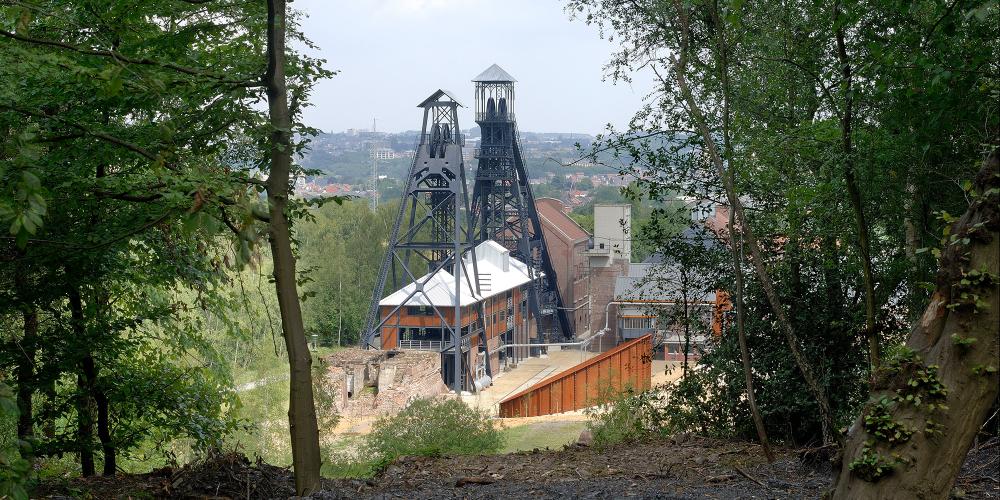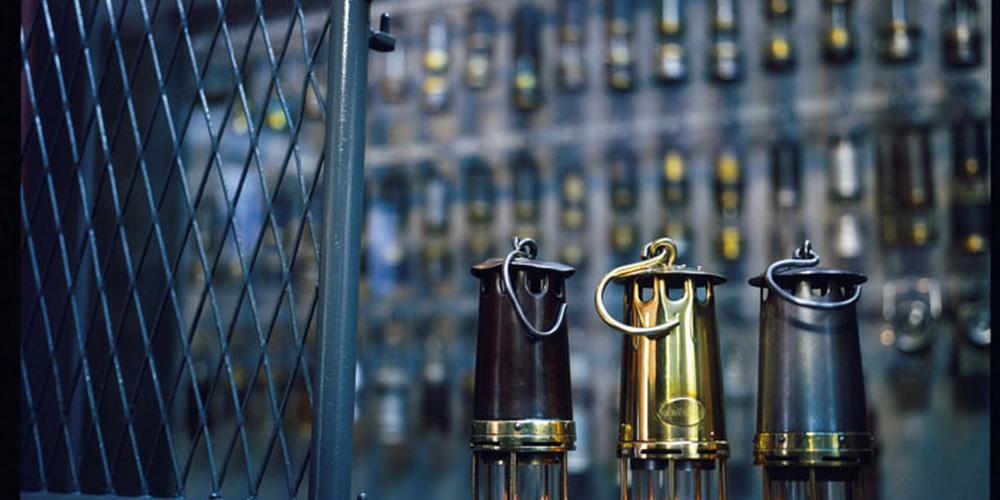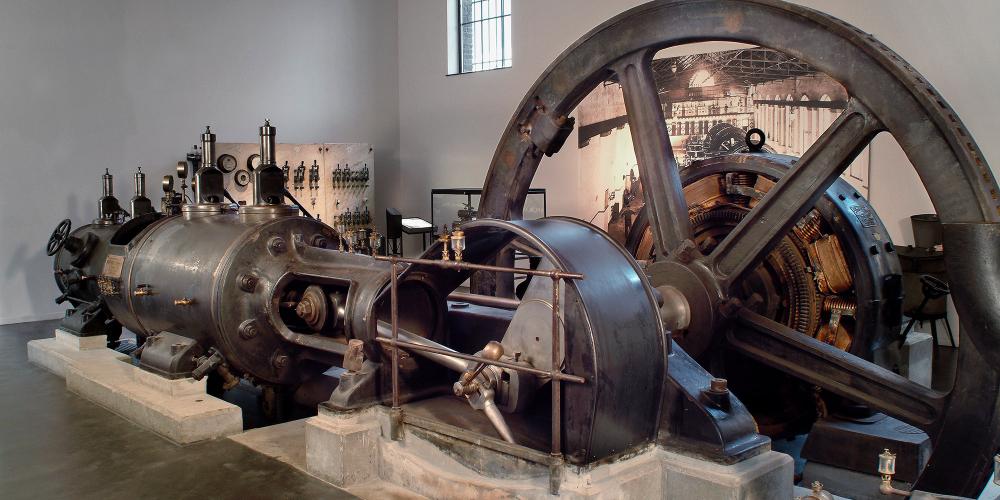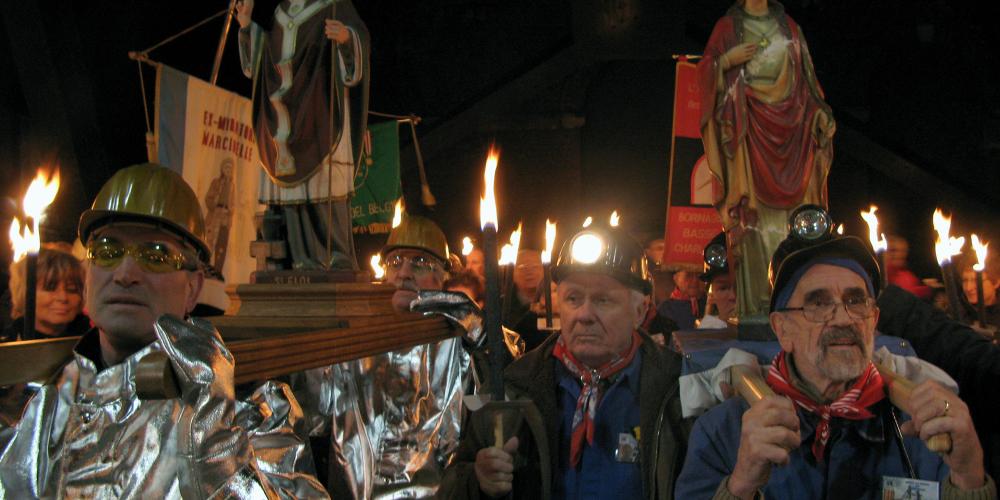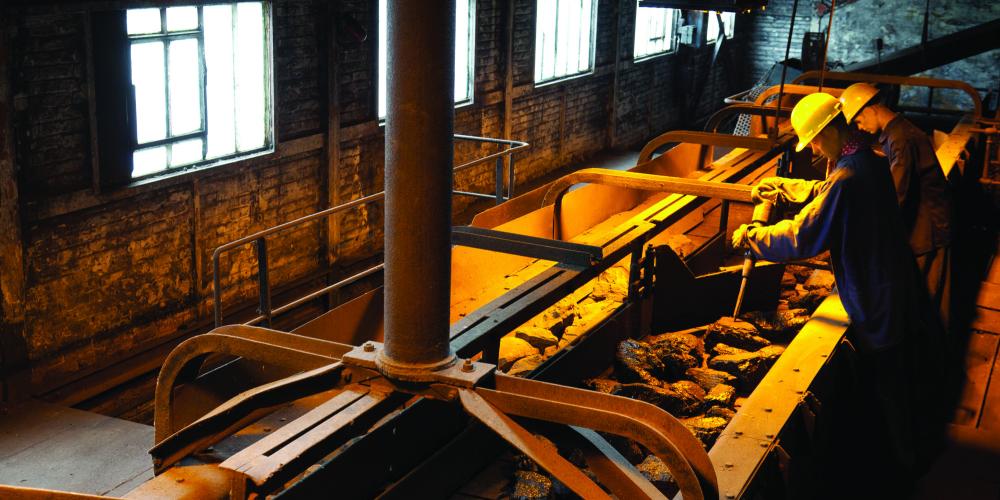Major Mining Sites of Wallonia, Belgium

The coal basin in Wallonia is emblematic of the industrial revolution that changed the shape of Europe during the 19th and 20th centuries. And though the mines show the innovations in technology that occurred during this period, they also demonstrate the philosophical changes to better the lives of workers and their families.
Just metres from the entrance to the coal mines, small towns were built for the workers and their families. These communities created a harmonious social atmosphere above ground. Meanwhile, under the surface, the miners worked in dark and dangerous conditions. One particularly tragic example of these conditions occurred in 1956, when a fire broke out and killed 262 workers in Bois du Cazier. However, the era also brought changes for workers, and their rights vastly improved over this period.
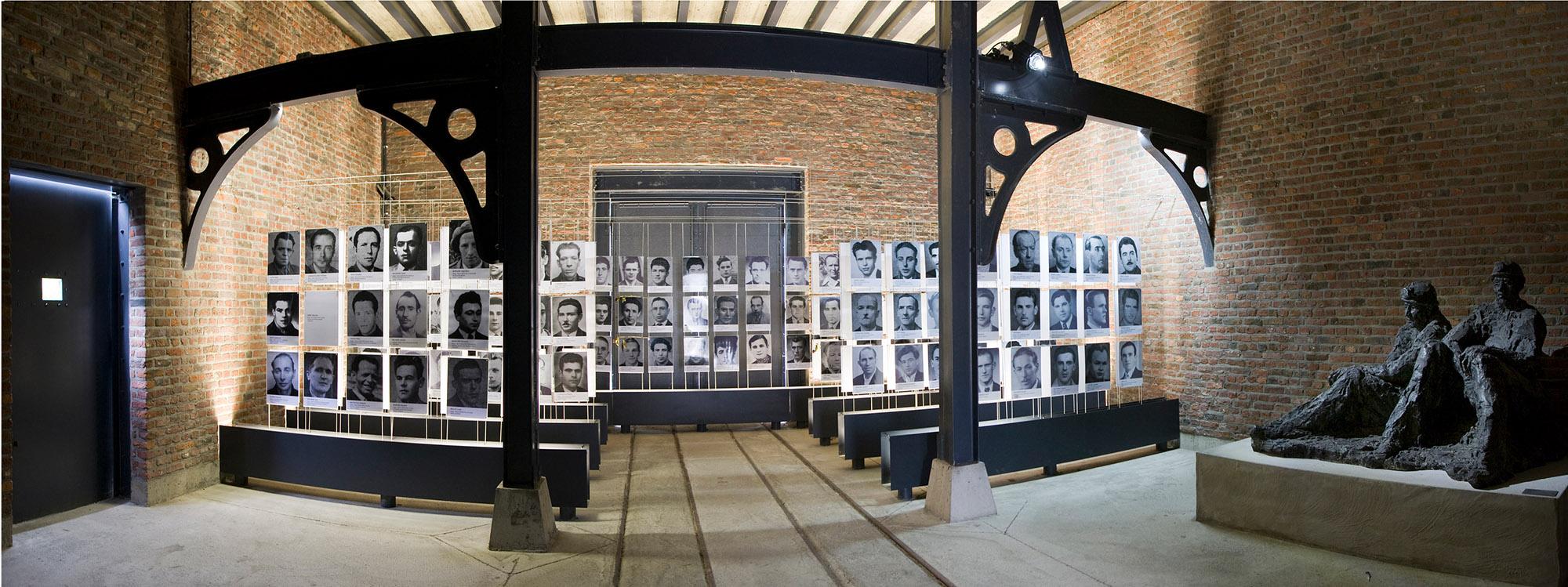
The four sites each offer unique experiences to learn about the region's industrial heritage. Grand-Hornu presents an example of a colliery with a neo-classical architecture. Bois-du-Luc has well-preserved above-ground buildings and provides a good understanding of the mining paternalism. Bois du Cazier uses its original structures to house several museums about the region. And at Blegny-Mine, guests take “the cage” down almost 200 feet (60 m) to see the extraction process and the workers’conditions.
The Past through a Unique Lens
The below and above ground components of each mining sites bring the coal mining industry to life. You can travel underground for an in-depth view of the mines. The modern museum at Le Bois du Cazier explains in clear detail every aspect of existence here. Here you'll find a unique and fascinating perspective of this world from the 19th and 20th centuries.
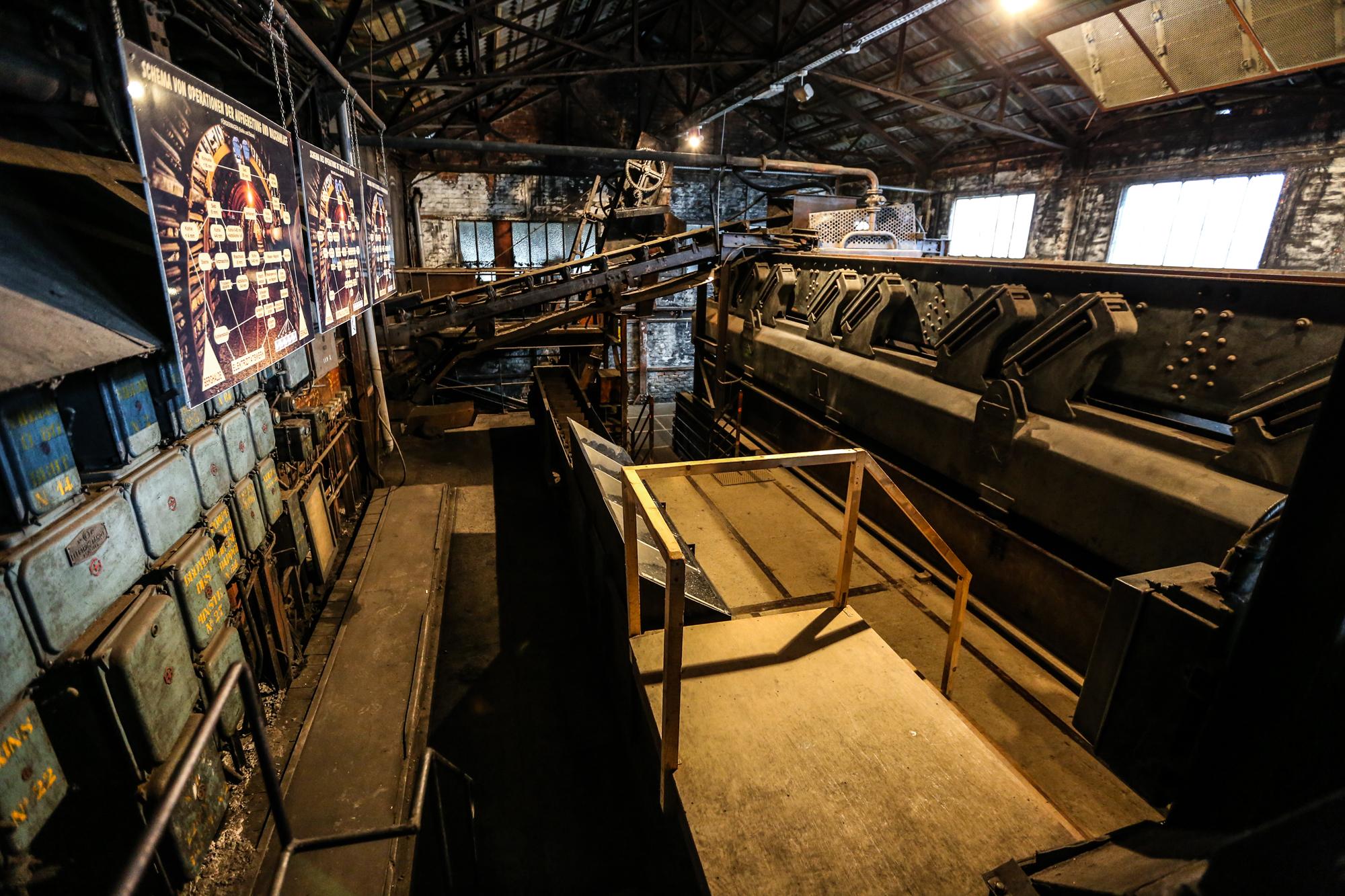
What you'll ultimately discover is that the mines were built with a unique combination of cutting-edge technology and a melting pot of workers from all Europe. More importantly, you'll understand more fully how the Walloon coal mines became one of the first milestones to pave the way to change in European mine construction—making it more conscious of mixing workers from across the continent, for spreading technical knowledge, and for making safety a top priority.
